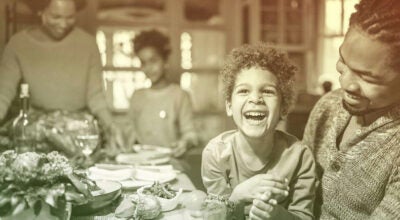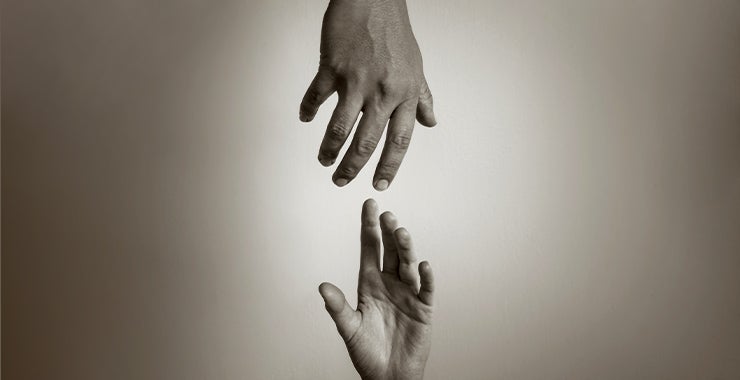Welcoming a New Year
Published 2:43 pm Monday, December 29, 2008
Whether it’s eating black-eyed peas with hog jowls, making sure a tall, dark and handsome fellow is the first person through your doorway in the new year, or avoiding washing laundry on January 1, there are all sorts of beliefs and superstitions revolving around New Year’s Day.
Not always Jan. 1
In ancient times, the date on which a new year was welcomed in itself varied considerably. Romans welcomed the new year in during March, the time of the spring equinox.
In June, ancient Egyptians danced, feasted and sang to celebrate the new year during the annual flooding of the Nile, which meant crops would grow in the otherwise fallow desert land. Thousands of years ago, Israelites honored their first New Year in autumn, following the lunar calendar, and the Jewish religion still celebrates Rosh Hashanah each fall. Even today the Chinese New Year, also a function of the lunar calendar, usually falls in late January or early February.
Feasting, fasting and resolutions
The tradition of honoring New Year’s Day on January 1 comes to us from Julius Caesar, who created the Julian calendar in the first century B.C.
The month of January was named for Janus, the two-faced Roman god who looked backward to the old year and forward to the new one. New Year’s Day for the Romans was a time of feasting, exchanging gifts and wishing each other good luck.
By the time of Constantine, the first Roman emperor to embrace Christianity, New Year’s Day began to evolve into a time of fasting instead of feasting. Early Christians believed the day was best spent repenting for the wrongdoings of the previous year and making resolutions to live a better life in the new year. Today, one billion Catholics around the world regard January 1 as a holy day honoring Mary, the mother of Christ.
The Puritans who came to the New World frowned upon observance of New Year’s Day. Associating it with paganism, they even refused to use the word “January,” referring instead to “the first month.”
Favorite traditions
Today, of course, New Year’s Eve in the U.S. brings a mixture of holiday revelry and religious observation. Many gather for parties to celebrate a new year’s arrival, with the biggest party held in New York City, where throngs of people fill Times Square to watch the big ball drop at midnight.
As an alternative to the party scene, a number of churches hold “Watch Nights” to welcome the new year in with prayer and worship.
Millions watch the annual Pasadena Tournament of Roses Parade and “granddaddy of all bowl games,” the Rose Bowl on New Year’s Day.
Many will also start the new year with resolutions, from quitting smoking and losing weight, to getting better organized.
To bring good luck for the coming year, households across the south will enjoy black-eyed peas served with ham hocks or hog jowls. Since Roman times, beans have been connected with good fortune – and pork is also considered lucky, unlike chicken or turkey, since pigs don’t scratch the dirt like fowl (you don’t want to have to scratch up a living, do you?)
Many cultures believe anything round is a symbol of good luck – so the Dutch like to eat doughnuts on New Year’s Day (admit it, you were looking for an excuse to indulge in some Krispy Kremes).
Feeling superstitious?
Many of the superstitions associated with New Year’s Day have a common theme: the activities we engage in on January 1 will set the pattern for the year to come. If you don’t want to take any chances, here, according to Snopes.com, are ways that may help improve your odds for a happy, healthy and prosperous year to come:
– Stock up – Cupboards should be filled and money put in every handbag and wallet in the home to ensure prosperity.
– New Clothes – Wear something new on January 1 and the likelihood of you receiving new outfits throughout the year increases.
– No Butterfingers – Don’t break anything on New Year’s Day unless you want a year of wreckage. And avoid crying on January 1 because it could set a soggy tone for the entire year to come.
– Work – Make sure you do something related to your work even if you have the day off. However, limit your activity to a token amount; engaging in a serious work activity on New Year’s Day is very unlucky.
– Eat lucky – In addition to black-eyed peas, other “lucky” foods are lentil soup and sauerkraut.
– Nothing goes out – Absolutely nothing should be removed from the house on January 1. Not even garbage! (Some say it is OK to remove things from the house if something new has been brought in first).
– Tall, dark and lucky – the tradition of the “first footer” says you should pay close attention to the first person to cross the threshold into the home after midnight. Ideally, it should be a tall, dark-haired good-looking male (blondes, redheads and any females are very unlucky).
The first-footer should formally knock and be let in, even if he is a member of the household. After greetings and leaving small “lucky” gifts like coal, bread, a coin and a sprig of evergreen, he should leave by a different door than he came in.
Oh, and he shouldn’t have flat feet, be cross-eyed, or have eyebrows that meet in the middle.
Happy New Year, everyone!





